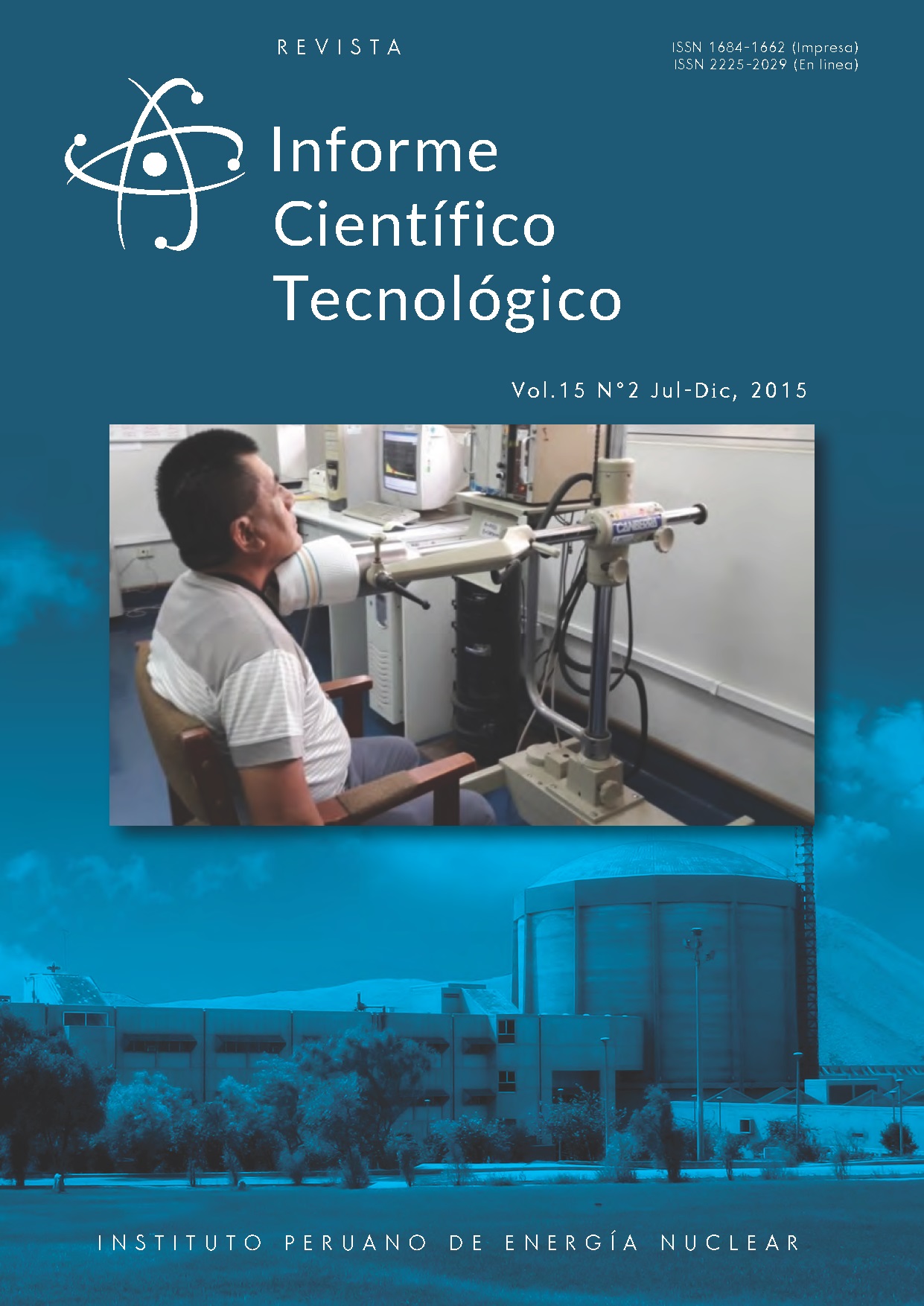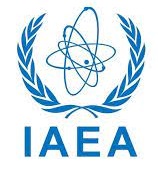Environmental baseline and evaluation of radioactivity in the Sechura desert, Peru
Keywords:
Phosphates, Natural radioactivity, Radiation doses, Beta decay radioisotopes, SechuraAbstract
Located in the north-western part of Peru, the Sechura desert has lately been receiving international attention because of its phosphate rock reserves. This study assesses the levels of environmental radioactivity in the region through gamma dose measurements and radionuclide activities on soil surface and vegetation. The obtained doses varied between 0.3 and 1.6 mSv/year and the concentration of activity obtained in soil samples collected from the study area were between 46 and 485 Bq/kg; 4 and 48; 3 and 62 and between 218 and 734 Bq/kg for natural radionuclides K-40, Ra-226, U-238 and gross beta activity, respectively. For the case of vegetation samples collected in the region the average activity was 92 Bq/kg K-40 and 129 Bq/kg total beta activity. The results obtained in this study indicate that the region has a background radiation level with high variability, but al limits and does not show significant risk to the environment and the public
Downloads
Downloads
Published
Issue
Section
License
Copyright (c) 2021 José Osores, Jorge Martínez, Jorge Yap

This work is licensed under a Creative Commons Attribution 4.0 International License.








